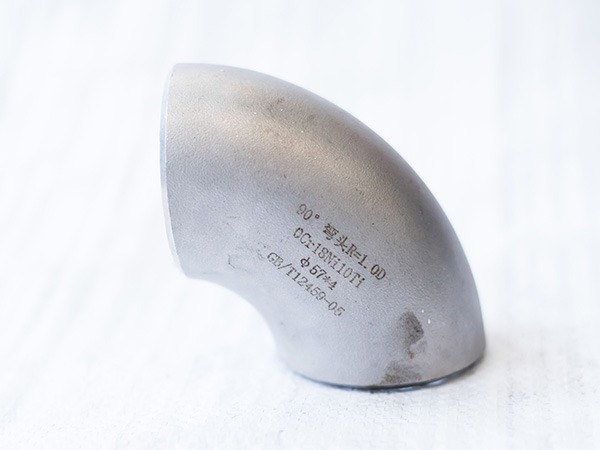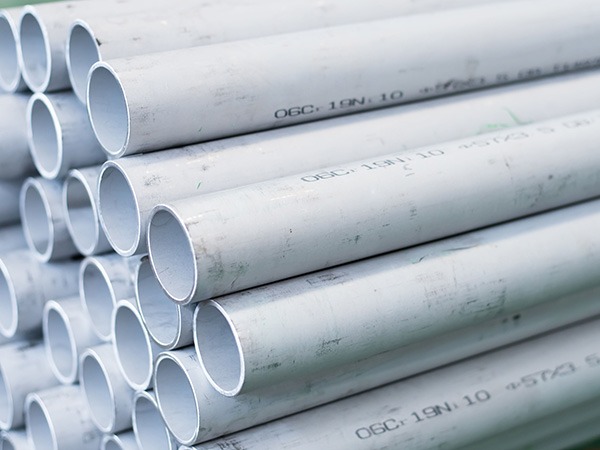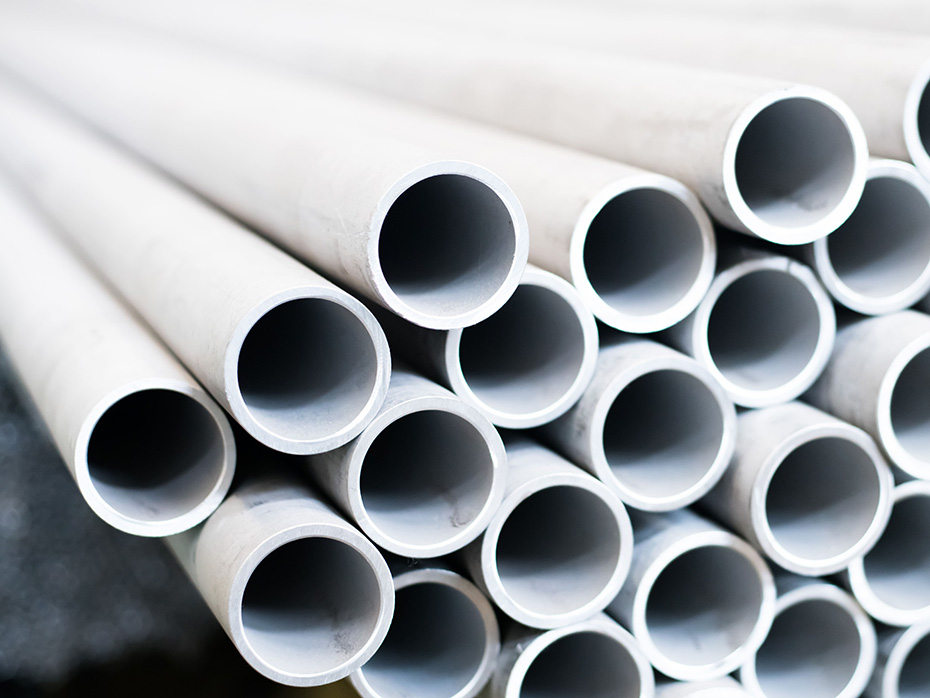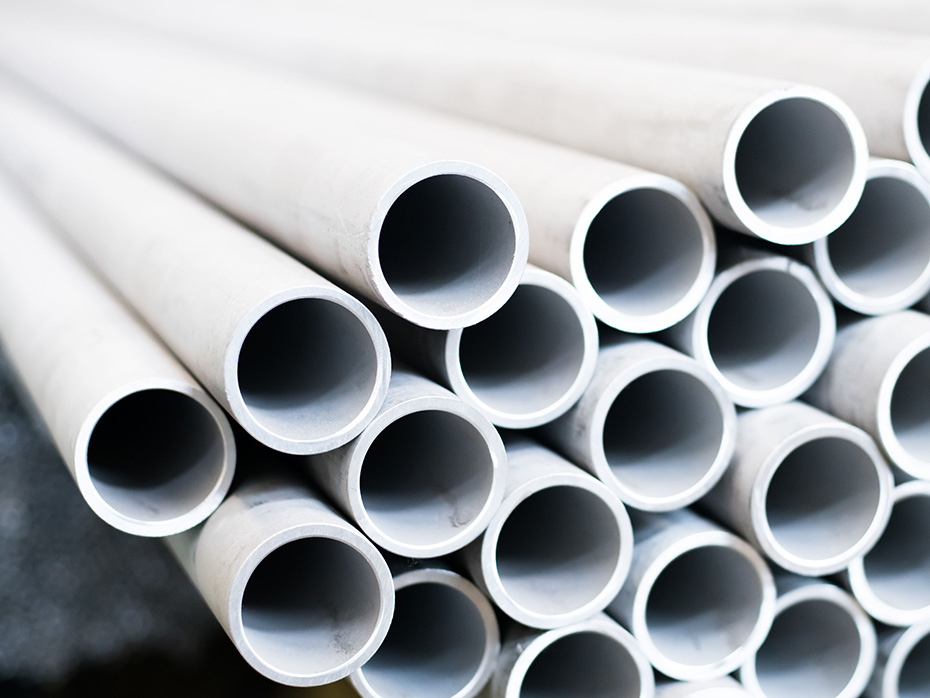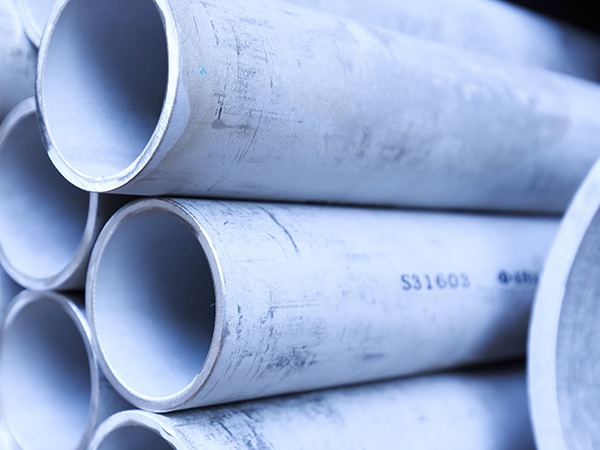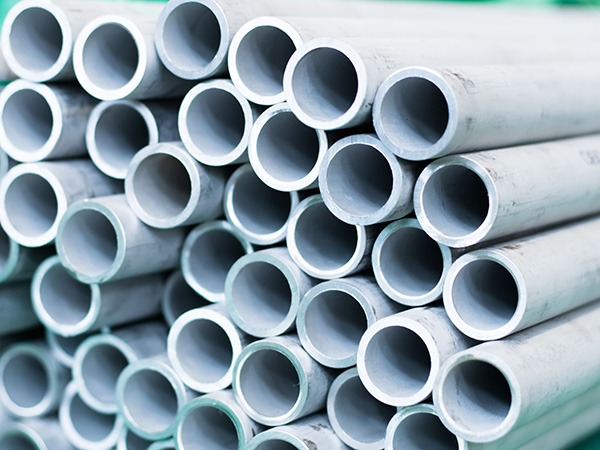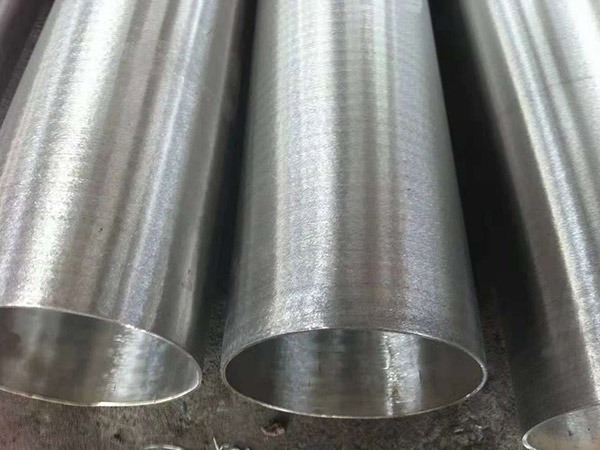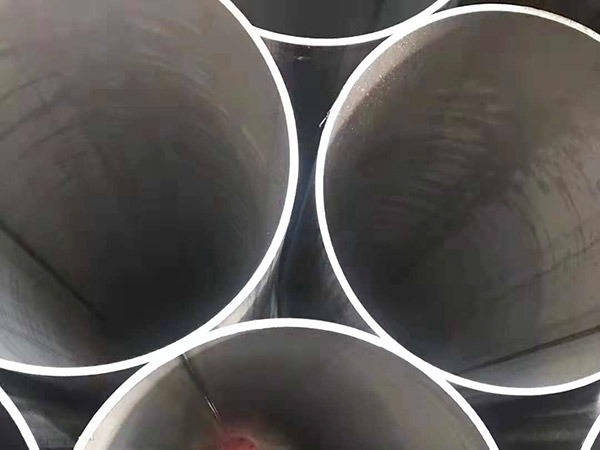PRODUCT INTRODUCTION
Stainless steel elbows are primarily used as connecting pipe fittings in pipeline installations, joining two pipes with the same or different nominal diameters at bends to allow the pipeline to make a 90° turn. In piping systems, stainless steel elbows are fittings that change the direction of the pipeline. Common stainless steel elbow materials: 304, 316.
1. Classification by Manufacturing Standards
Stainless steel elbows can be divided into:
National Standard (GB) stainless steel elbows
Marine Standard stainless steel elbows
Chemical Standard stainless steel elbows
Water Standard stainless steel elbows
American Standard (ANSI/ASME) stainless steel elbows
German Standard (DIN) stainless steel elbows
Japanese Standard (JIS) stainless steel elbows
Russian Standard (GOST) stainless steel elbows
2. Classification by Production Methods
Stainless steel elbows can be categorized into:
Push-formed
Press-formed
Forged
Cast
(1) Butt Weld Elbows by Curvature Radius
Long-radius butt weld elbows: Curvature radius equals 1.5 times the pipe outer diameter (R = 1.5D)
Short-radius butt weld elbows: Curvature radius equals the pipe outer diameter (R = 1D)
Note: If not otherwise specified, 1.5D elbows are typically selected.
(2) Classification by Pressure Rating
Approximately 17 pressure grades, aligned with U.S. pipe standards:
Sch5s, Sch10s, Sch10, Sch20, Sch30, Sch40s, STD, Sch40, Sch60, Sch80s, XS, Sch80, Sch100, Sch120, Sch140, Sch160, XXS
Most commonly used: STD (Standard) and XS (Extra Strong)
(3) Classification by Elbow Angle
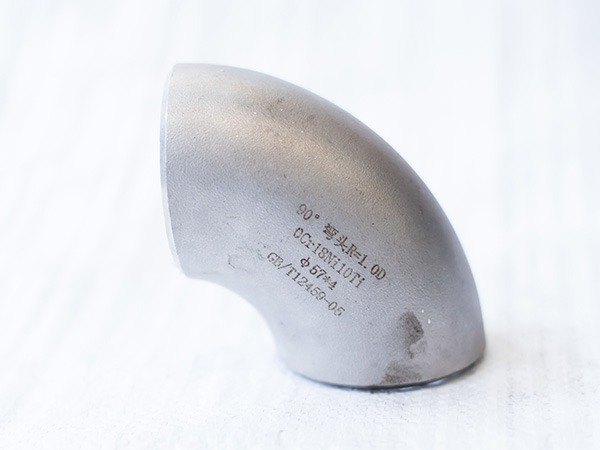
APPLICATION AREA
Mechanical manufacturing, household appliances, pressure vessels, structural pipe fabrication, architectural decoration, chemical equipment, nuclear power, home appliances, catering kitchenware, elevators, solar energy, metal products, containers, automotive applications, precision electronics, rail transit, sanitary ware, food machinery.
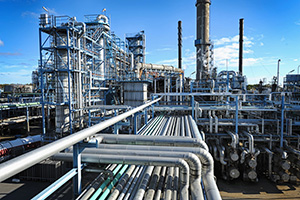
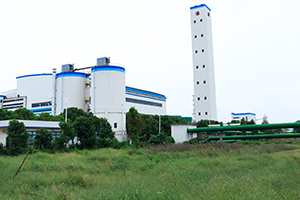
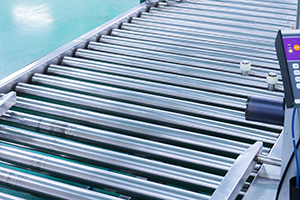
PRODUCTION STRENGTH




